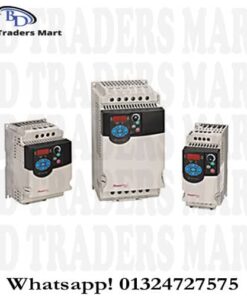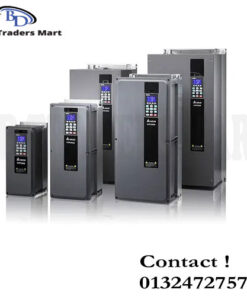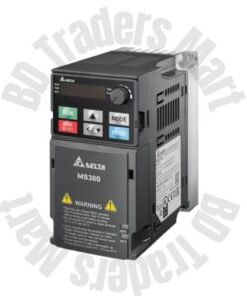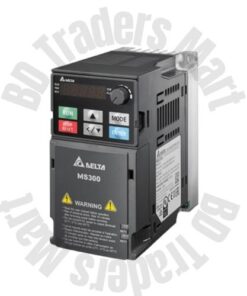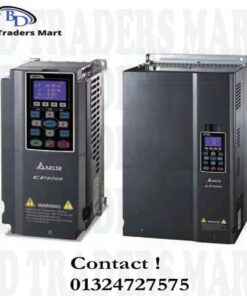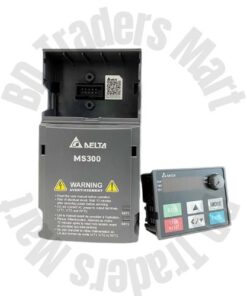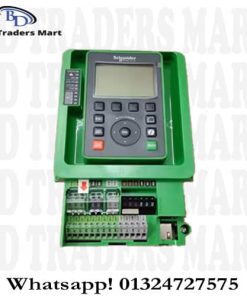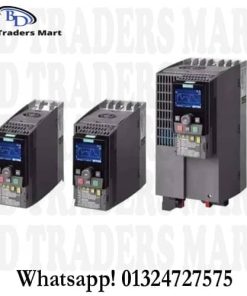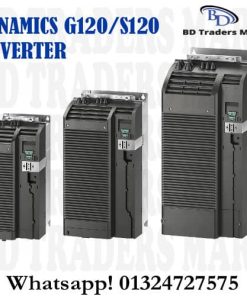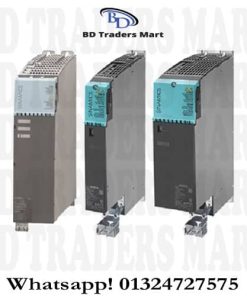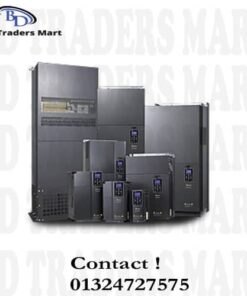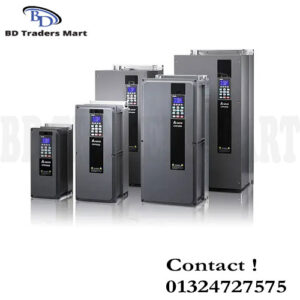
Rectifier: Converts the incoming AC power from the mains supply into DC (Direct Current) power. This section usually uses diodes or controlled silicon-controlled rectifiers (SCRs). The DC power from the rectifier is smoothed and filtered using capacitors and sometimes inductors. This DC bus stores the energy temporarily. Converts the DC power back into AC power with a variable frequency and voltage. This is achieved using electronic switching devices like Insulated Gate Bipolar Transistors (IGBTs) that rapidly switch the DC voltage on and off, creating a Pulse Width Modulation (PWM) signal that simulates a sinusoidal AC waveform at the desired frequency. Why Use a VFD? Energy Savings: By matching the motor speed to the actual process requirements, VFDs can significantly reduce energy consumption compared to running motors at full speed all the time and using mechanical means (like valves or dampers) to control flow or pressure. Improved Process Control: VFDs allow for precise control of motor speed and torque, leading to tighter control of industrial processes.

